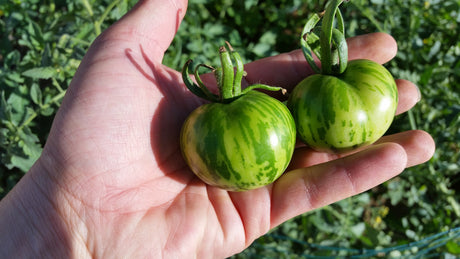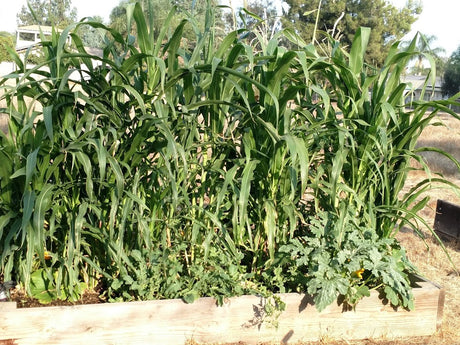
Heirloom Tomato Grow Kit Instructions
We recently added a new "kit" at Mary's Heirloom Seeds to grow your own Heirloom Tomatoes. Our goal is to help you grow a healthy garden so we have instructions...
Mary Smith |
Welcome to our store Learn more

We recently added a new "kit" at Mary's Heirloom Seeds to grow your own Heirloom Tomatoes. Our goal is to help you grow a healthy garden so we have instructions...
Mary Smith |

Garden Gifts are my favorite! Audrey Hepburn said, "To plant a Garden is to Believe in Tomorrow." Sharing the gift of gardening is amazing! (that's my own quote) At Mary's...
Mary Smith |

The Three Sisters method of growing is one of many ways to use Companion Planting in your garden. This method was used by Native Americans and taught to early colonial...
Mary Smith |

People often ask, "What you the easiest veggies to grow?" For me, that's a tough one. If I had to choose it would be RADISH, BASIL, BEANS, ARUGULA and Swiss...
Mary Smith |
FALL is fast approaching! Some of you are thinking about your favorite fall crops. Those of you in warmer climates like South Florida are gearing up for big-time planting season.Our...
Mary Smith |
Welcome to the final installment of our Organic Pest Control series at Mary's Heirloom Seeds. We hope you have picked up a few new tips and tricks for your organic...
Mary Smith |
Companion planting is based around the idea that certain plants can benefit others when planted next to, or close to one another. Companion planting exists to benefit certain plants by...
Mary Smith |
Over 1,000 varieties of Heirloom Seeds
Free Shipping on Qualifying orders of $20 or more
Planting guides to help you grow a successful garden